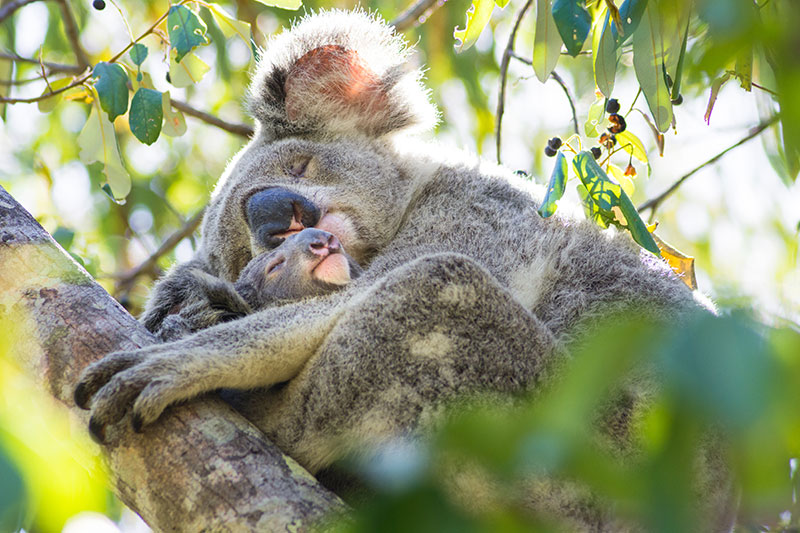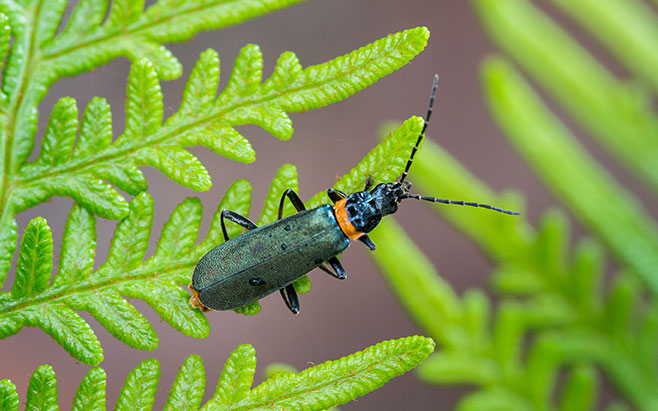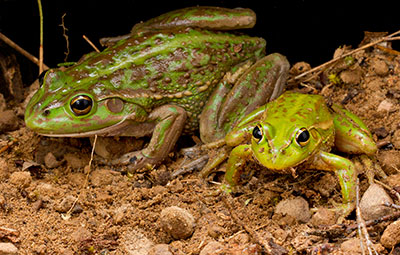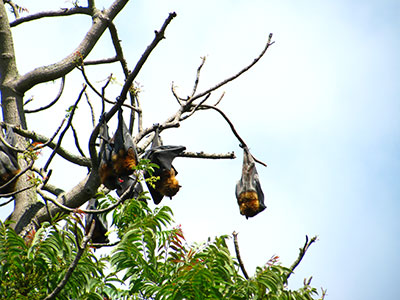Discover fauna and fungi on campus
The University of Melbourne is using citizen science to record observations of fauna and fungi on campus to inform Metric 7 in the Biodiversity Baseline Data Project.
Staff, students and visitors can help protect on-campus biodiversity by recording animals, insects and fungi they find on University grounds using citizen science apps.

Contribute as a citizen scientist
To maintain accurate, representative data of fauna and fungi on our campuses, regular data collection of species is vital. Staff, students and members of the public can contribute to this ongoing quest by recording sightings of biodiversity using the citizen science apps, iNaturalist and QuestaGame.
iNaturalist and QuestaGame both contribute species occurrence data to Atlas of Living Australia, an open-source biodiversity database.
The University will periodically download data from Atlas of Living Australia to inform Metric 7 of the Biodiversity Baseline Data Project. Current data will be compared to original datasets to analyse changes in species composition over time and provide insights as to whether campus activities are negatively impacting species.
Left image: “Koala” by Theo Crazzolara is licensed under CC BY 2.0.
How to get involved
Sign up to iNaturalist and/or QuestaGame today and submit sightings of fauna and fungi you find across any of our seven campuses!
The Biodiversity Baseline Data Project
The Biodiversity Baseline Data Project strives to cease biodiversity loss on campus by measuring biodiversity using seven pioneering metrics.
Metric 7 is a record of species occurrence data of fauna and fungi. This data set will help the University monitor species found on campus and will be vital for ensuring our ecosystems are healthy and resilient to future climate change.

Collecting data through collaboration
Historical species occurrence data was captured through the Atlas of Living Australia and analysed for each of the University’s campuses by former Master of Environmental Science student and Biodiversity Intern, Oliver Richards. Oliver completed an internship with the Sustainability Team as part of his degree.
Oliver's analysis revealed a total of 1098 unique species had been sighted across the University’s campuses.
More importantly, 39 of these species are listed under state or federal conservation legislation and 22 species are listed by the International Union for Conservation of Nature (IUCN). Some of these species include:
- Swift Parrot (Lathamus discolor)
- Growling Grass Frog (Litoria raniformis)
- Grey-headed Flying-fox (Pteropus poliocephalus)
- Murray River Rainbowfish (Melanotaenia fluviatilis)
- Squirrel Glider (Petaurus norfolcensis)
Left image: “Litoria raniformis, Growling Grass Frog” by Catching The Eye is licensed under CC BY 2.0.
Right image: “Flying foxes” by blairwang is licensed under CC BY 2.0.

